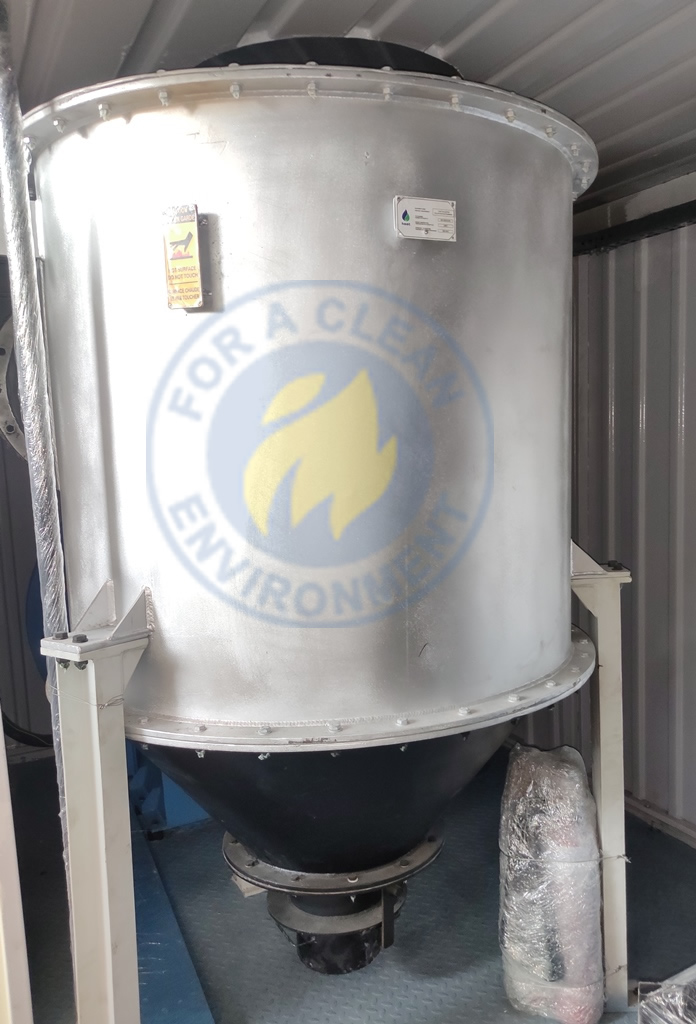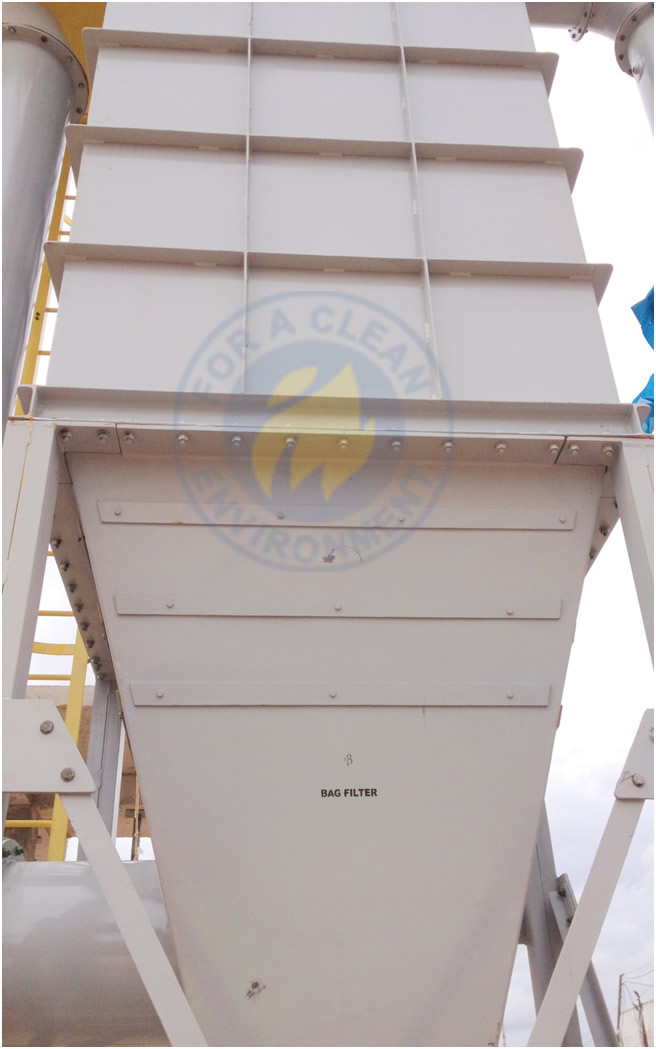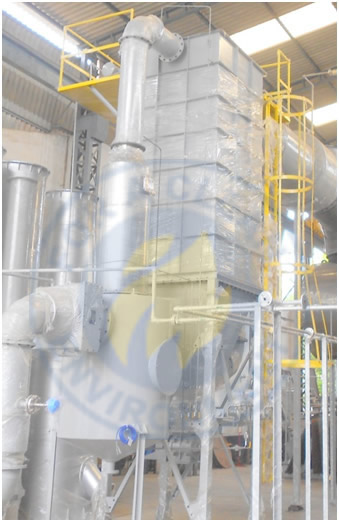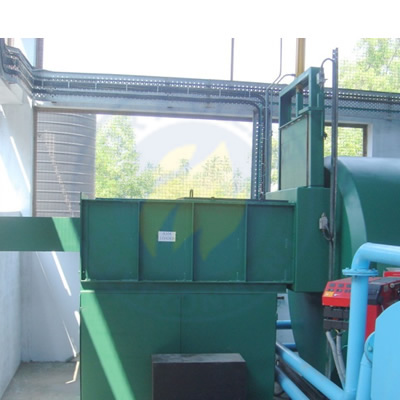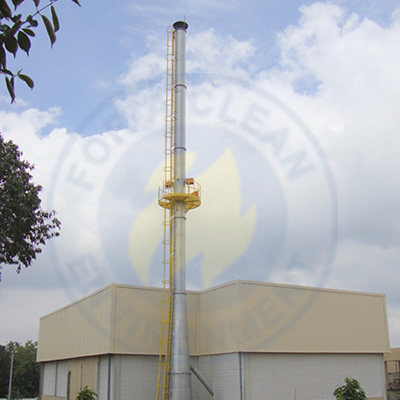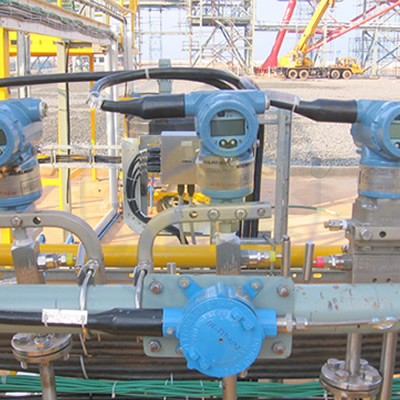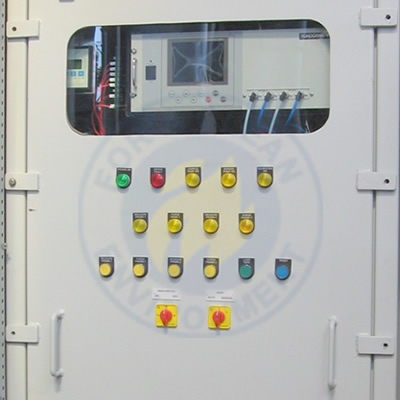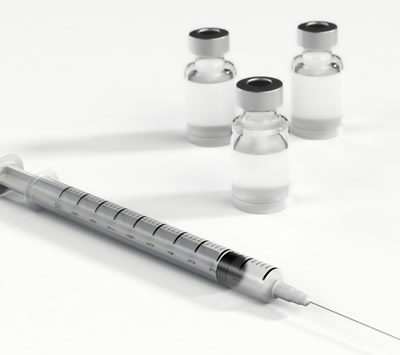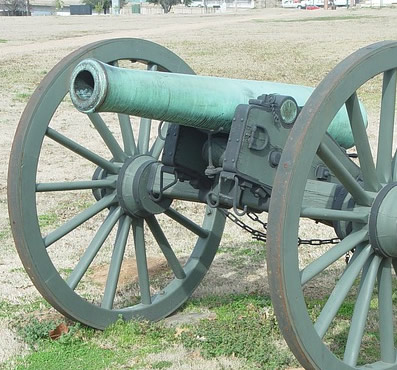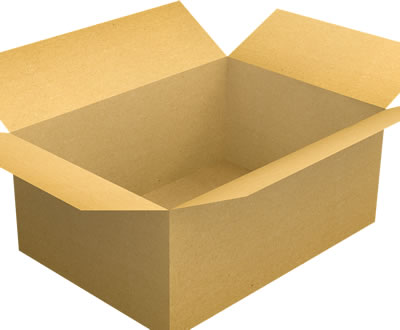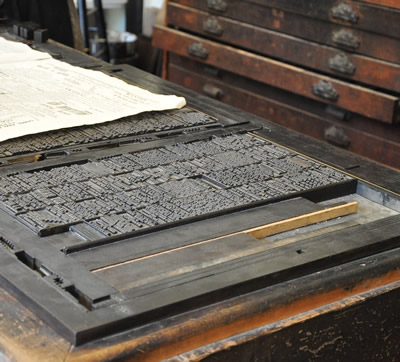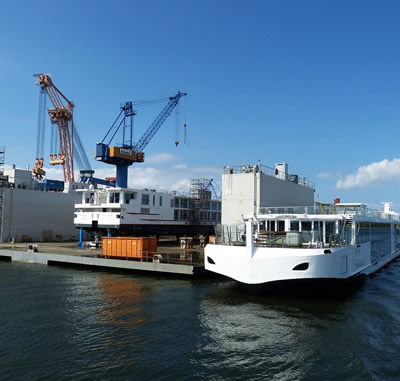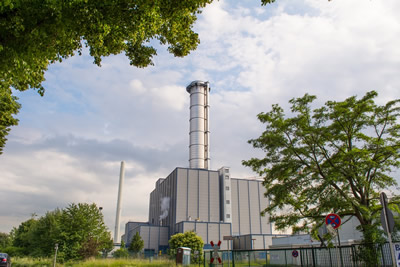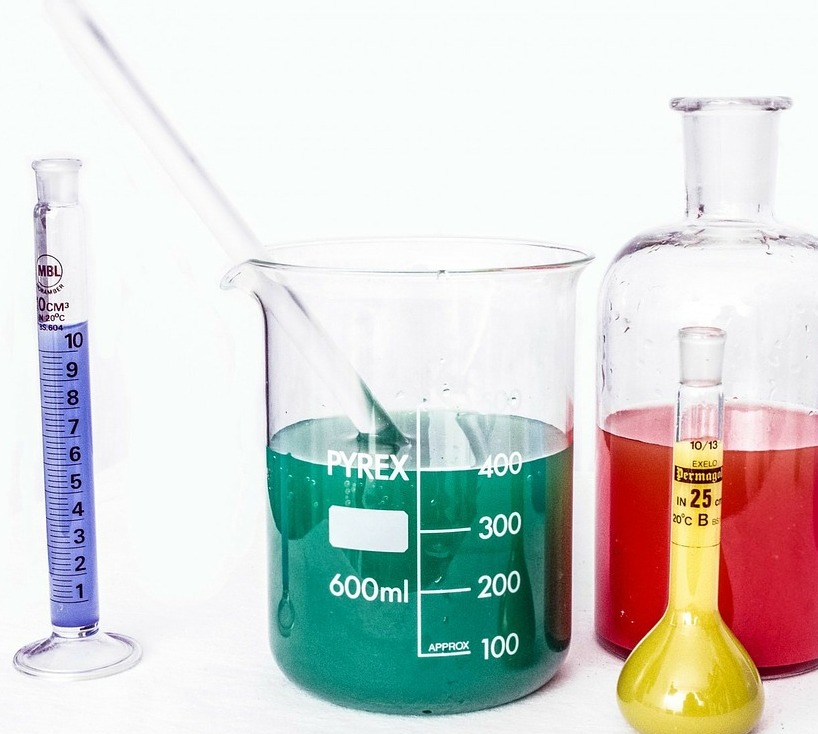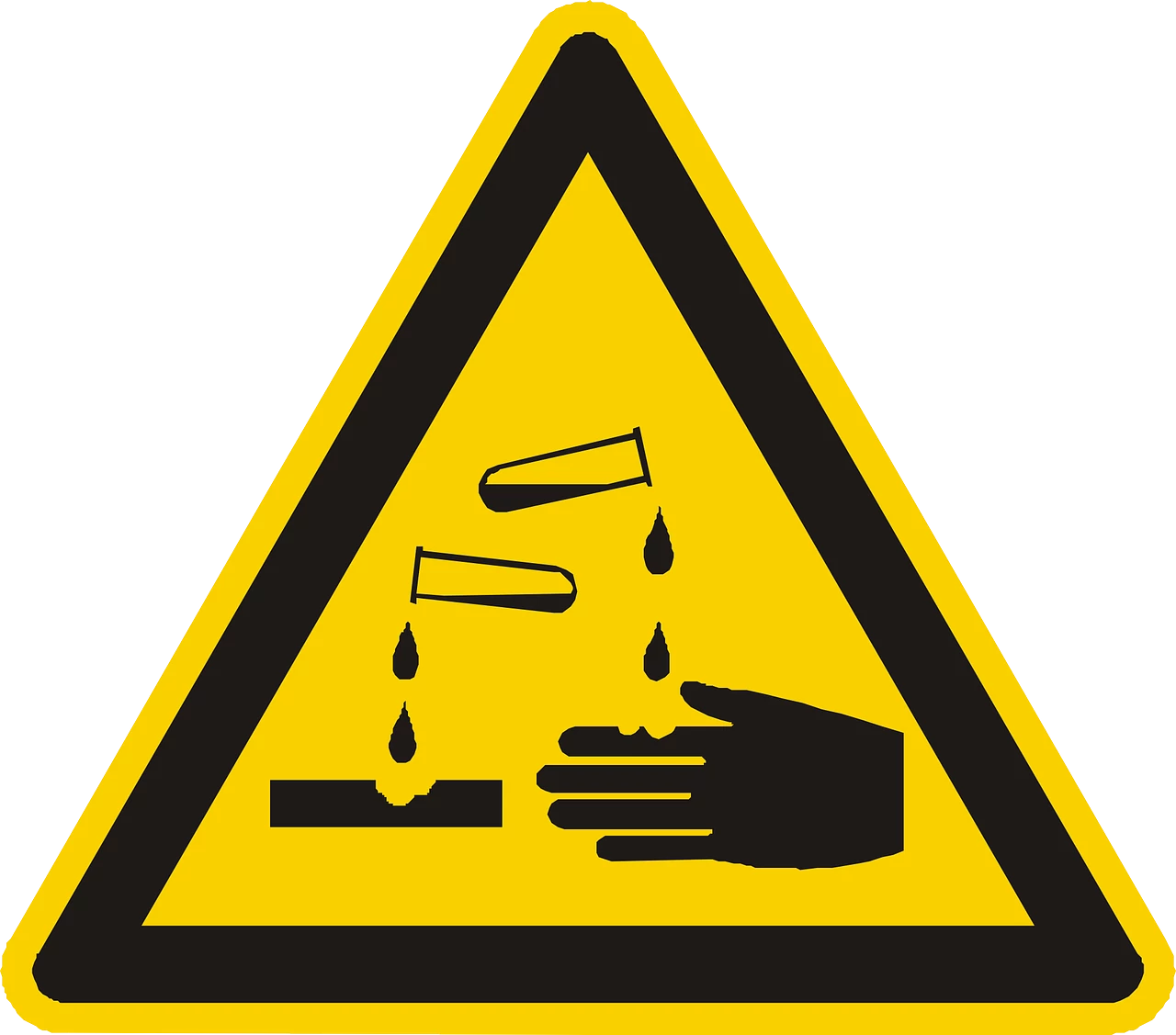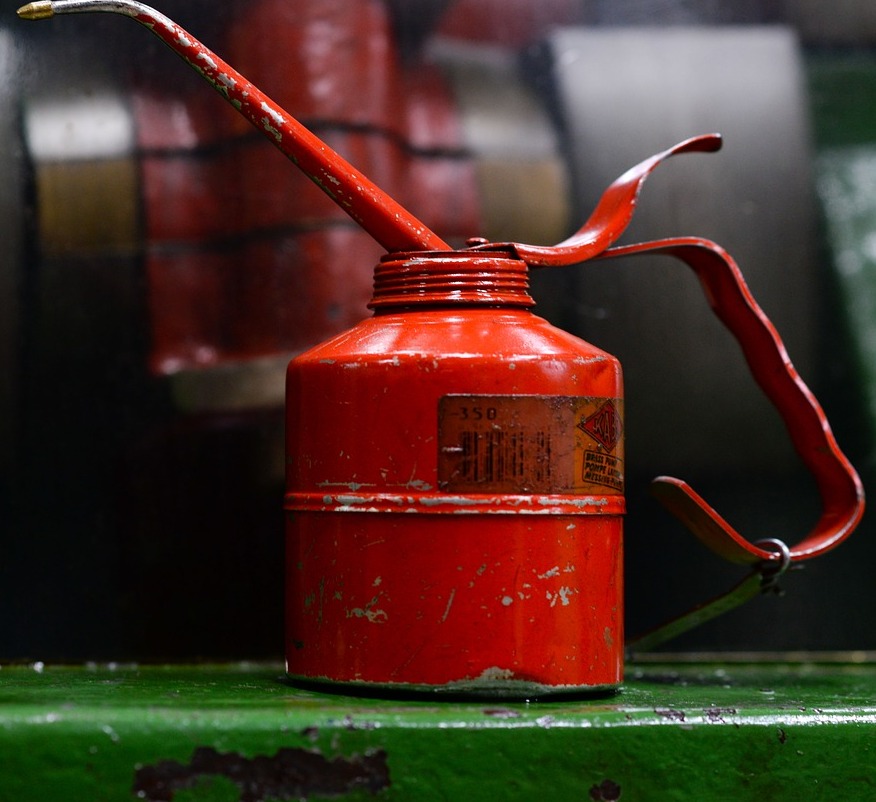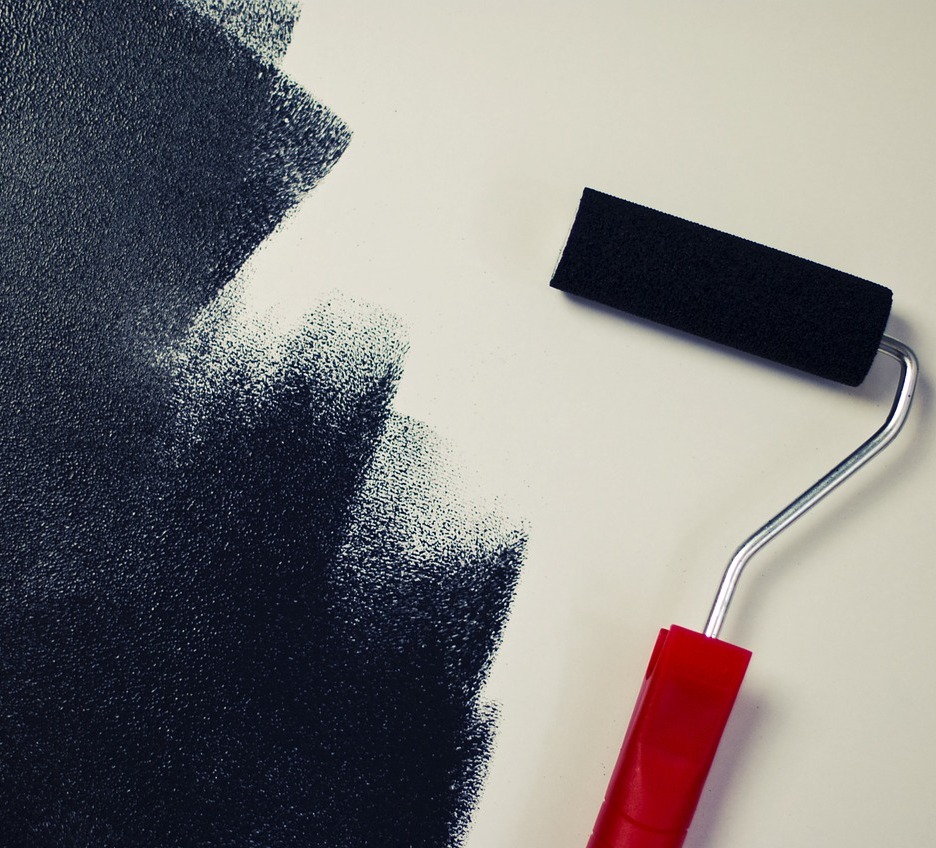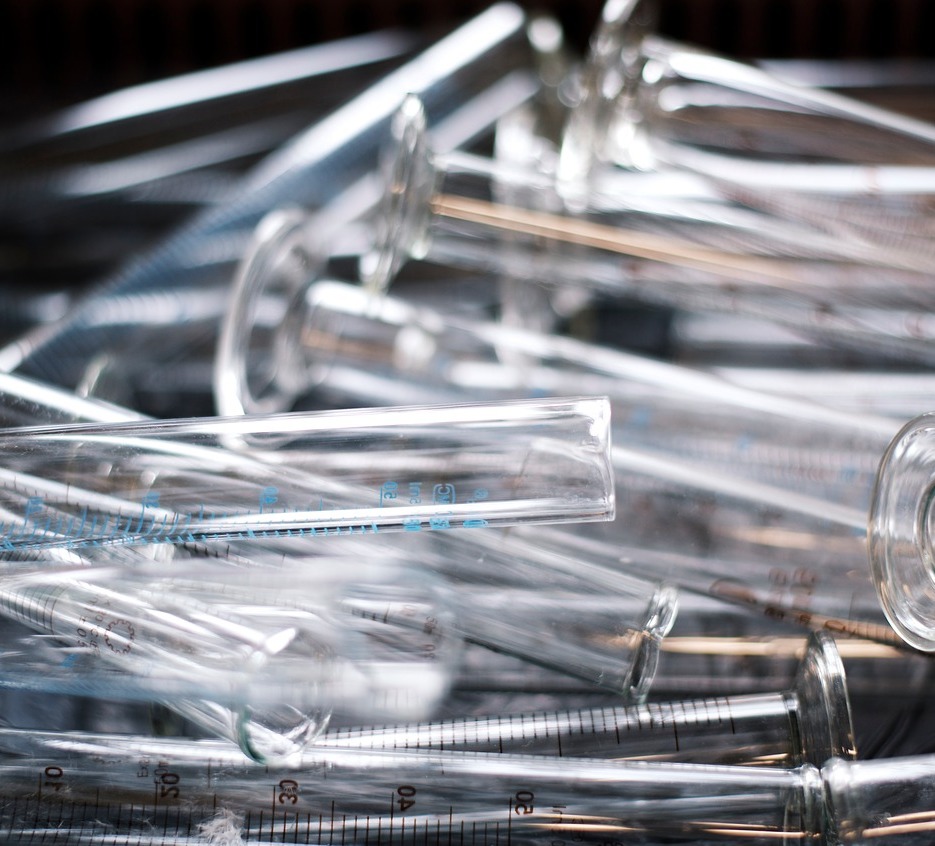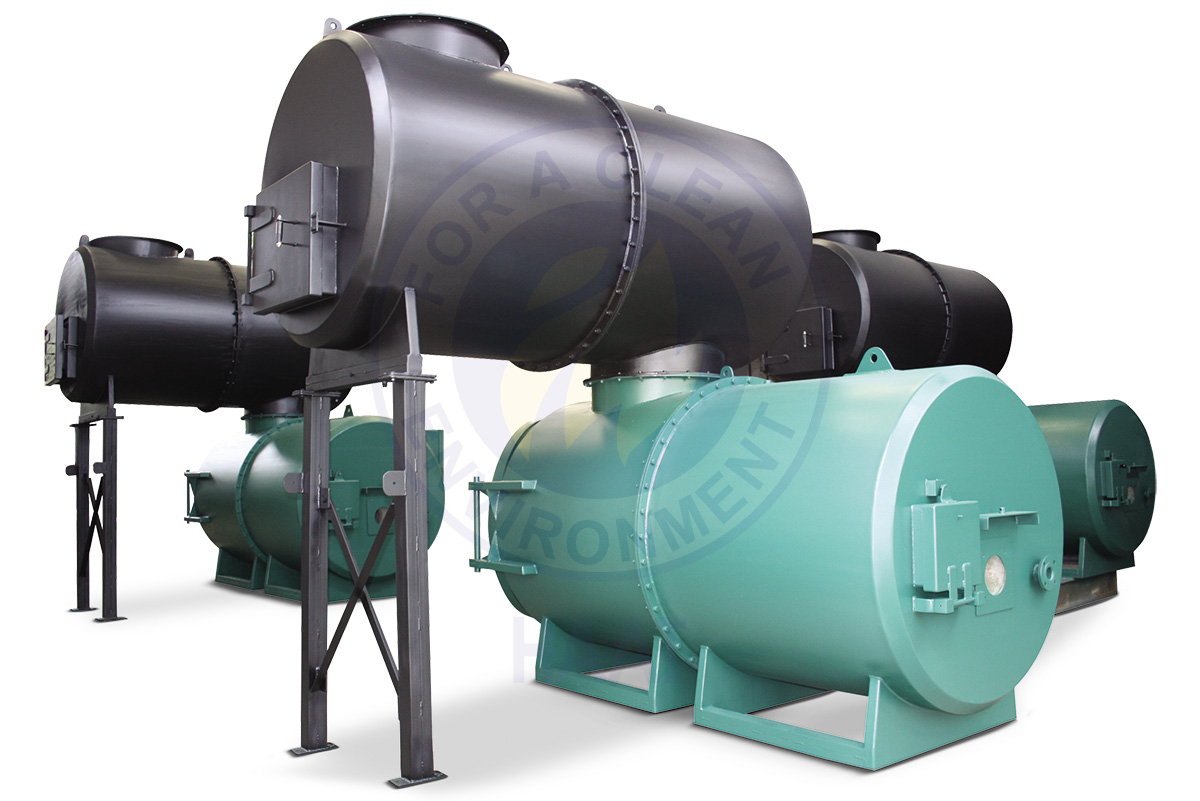
Haat model PDR is a versatile incinerator that can be used for most waste applications. It is of a cylindrical, modular design, which enables no `cold spots` in the combustion chamber and makes it easy to add more modules, should the need arise, to increase the capacity of the primary combustion chamber. In the case of the secondary chamber, as regulations may require an increase in the residence time from 0.5 seconds to 2 seconds (depending on statutory rules for different countries), it has a provision to increase it further without having to purchase a new incinerator.
Both the chambers are lined with special refractory castables which are time tested for reliability and long service. It is a customized material which achieves very high crushing strength as the temperature rises to even more than 1000°C! This is what enables maintenance free operation and long refractory life.
Depending on the application, the primary chamber may have a separate hearth for loading the waste with provision for combustion air circulation. The location and number of burners would depend upon the thermal capacity required, quantity, type and nature of waste.
The primary chamber can accommodate, apart from solid waste, liquid waste also, for which the required systems can be put in place. The primary chamber can be provided with several charging options, which include a simple loading door or a double flap dump valve or a ram loader (which can be hydraulic or pneumatic).
The incinerator is designed for negative pressure and the charging options above are only additional safety features for the operator.
The secondary combustion chamber is placed tangentially to the primary and is equipped with special entry points (where required) to increase the turbulence of the flue gas. This, combined with the secondary burner and combustion air injected at different points around the periphery, creates considerable turbulence and gives excellent emission values from the system.
The PDR incinerator is very popular because it is used for a variety of applications which include biomedical waste, industrial hazardous waste, liquid waste, etc.
What differentiates it from other incinerators?
1. The cylindrical design eliminates `cold spots` or unburnt waste in the primary chamber.
2. The incinerator is designed on the `controlled air` principle, combining the 3Ts of incinerator design, viz. time, temperature and turbulence to give very good emissions.
3. Chamber volume is calculated based on the required thermal capacity and calorific value of the waste. Haat`s design does not permit lower volumes.
4. The MOC of the chambers can vary depending on the working conditions and specifications.
5. Steel used is always virgin carbon steel as per relevant ASTM grade and its thickness is never compromised. This provides a long equipment life.
6. Refractory lining is done with insulating castable and hot face refractory of sufficient thickness to ensure heat retention and radiation, always considering the skin temperature.
7. Refractory is customized and has high strength at high temperatures, reducing or eliminating the possibility of refractory failure at high temperature.
8. Expansion joints are provided as required so as to avoid refractory cracking due to linear expansion at high temperature.
9. The anchors used are of alloy steels, which do not oxidise and cause refractory cracks.
10. Welding of the chambers is carried out by experienced and qualified welders (6G) using automatic systems, which does away with manual welding related problems. Consumables could be solid wire or flux cored wire. The weld quality is very high ensuring good strength in the joint.
11. Where there is use of stainless steel, TIG or MIG welding is applied as the application demands.
12. There is a constant vigil by quality control engineers to monitor the work-in-progress, which eliminates re-work and susceptibility for mismatch at site.
13. Pipelines and tanks are subjected to hydro/pneumatic tests to avoid failure at site.
14. Control panels are wired up and tested to make sure they comply with the control philosophy.
Standard equipment:
• Incinerator with 2 chambers
• Burners
• FD fan
• Standard chimney
• Piping & cabling within battery limits
Optional equipment:
• Auto loading system
• Attemporator system (where necessary)
• Emergency stack
• Scrubber (wet/semi dry/dry)
• ID fan
• 30 metre stack (rubber or refractory lined)
• PLC control panel
• Piping & cabling (within battery limits)
• Instrumentation
• Refractory-lined and rubber-lined ducting
• Heat recovery systems
• Liquid
• Auto de-ashing
The applications for Haat PDR model incinerator are many, including:
• Animal waste
• Pharma waste
• Petrochemical
· General garbage
• Bio-medical waste
• Industrial hazardous waste
• Municipal solid waste
• Confectionery waste
• Food waste
• Radioactive waste
• Paint sludge waste
• Oily waste
• Solid, semi solid and liquid waste
The Haat PDR incinerator model has been used extensively for the above applications over the past 15 years. While considering additional equipment, there are quite a few options available.
Auto loading of waste, using either a ram loader or a double door system, with or without a conveyor for feeding can be offered.
The attemporator system is offered where there is a possibility of a sudden temperature surge in the primary combustion chamber due to the volatile nature of the waste, to save the chamber from excessive heat increase.
Provision of a dump stack is a must, as it saves the expensive scrubber, pump, fan, rubber lining, etc.
There are different types of scrubbers or air pollution control / flue gas treatment equipment available so that a user can identify and choose configurations depending on the emission standards to be achieved. It could be wet venturi, bag filter, gas cooler, saturator, mist eliminator, acid gas scrubber, demister, etc. (ask our specialists and they will guide you).
Where automatic operation is desirable, the Programmable Logic Controller based panel along with its plethora of electrical and electronic equipment and touch screen HMI can be provided based on the operation and control philosophy. This is generally chosen either for large bio-medical waste plants or for complex industrial hazardous waste applications.
Even in the case of oil and gas drilling and processing sites, provision of such automatic operations eliminates human error and thus provide for safe operation.
In cases where specific hazardous area classification equipment are required, the electrical and instrumentation equipment and the control panel are made to conform to the relevant Ex standard and are manufactured in strict conformance to the required standards.
The ID fan is chosen based on the pressure drop across various equipment in the incinerator configuration, so that the required draught is created for the flue gas, considering the obstructions en route to the stack. The MOC of the fan impeller is invariably stainless steel of suitable grade because of some moisture carried by the flue gas.
Stacks for medical or hazardous industrial waste usually require a minimum 30 metre height in order to comply with ambient air quality requirements. If wet scrubbers are used, the stack has to be lined with natural rubber to prevent corrosion by the exiting flue gas containing moisture. The stack has to be equipped with required accessories such as sampling port, platform, aviation lamp, lightning arrestor, etc.
Provision of instruments would depend on the extent of automation. Reliability of the instruments is very vital for efficient functioning of the incinerator systems and achieving the set parameters. Choice of these vital items and make, therefore, has to be made carefully.
Similarly cables have to be selected based on the reliability factor as well as the need for different types of cables.
The incinerator model PDR can be provided with liquid waste feeding arrangements, if so desired. In this arrangement, there is a liquid waste pump, valves, nozzles, etc. of required specs. The atomized liquid waste is automatically incinerated in the chamber, sometimes, simultaneously with the burning of solid waste.
Advantages of PDR model incinerator:
• Affordable initial cost
• Different APC systems and other optional equipment can be retrofitted
• Process can be fully automated
• Better combustion efficiency due to cylindrical design
• Specially designed hearth (where required)
• Proven performance
• Reliable refractory and design
• Chamber volume can be increased, if desired
• Over 100 systems at work all over the world
Many users and industries having similar waste management problems have been using the PDR incinerator satisfactorily all over the world for many years.
It is a quality product from a quality conscious company, providing satisfactory solution to waste management with a long service life.
Haat provides `Engineering Solutions for Burning Issues`
" The incinerator is functioning extremely well and meeting all the requirements of Gazette of India notification. The Strength of the equipment lies in its easy handling, economy in treating bio-medical waste and meeting all criteria control test of PCB Karnataka "
- Group Capt. H. S. R. Arora, Registrar, Command Hospital Air Force, Bangalore.



